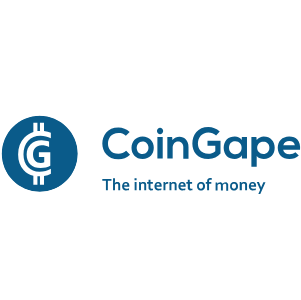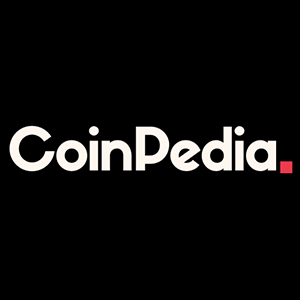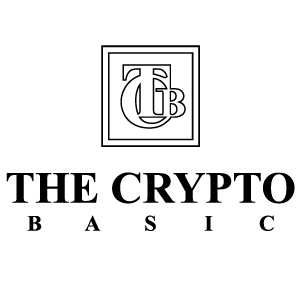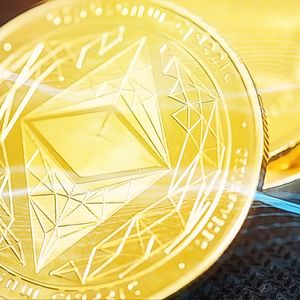Summary Ethereum's switch to inflationary supply is neutral for investors, as lower transaction fees could lead to increased usage and demand. The proto-danksharding upgrade reduced transaction fees for layer 2 transactions, leading to Ethereum's recent supply inflation. Lower transaction fees post-Dencun upgrade have been a net positive for Ethereum users, increasing demand for Ethereum transactions. Thesis I view Ethereum's (ETH-USD) recent switch from a deflationary supply to an inflationary supply as a neutral development for investors. While inflation will dilute investors over time, it also allows for lower transaction fees. This will lead to increased usage of Ethereum, which could lead to more demand and higher Ethereum prices. I remain bullish on Ethereum in the long term. Ethereum's Changing Supply ycharts The above chart showing Ethereum's supply over the past year appears quite volatile at first glance. There have been periods of inflation, deflation, and relative stability. However, since April, the supply has been steadily inflating. Fortunately, zooming out to a 5-year chart shows that the supply has actually been quite stable since Ethereum's switch to proof of stake in late 2022. The recent bout of inflation barely registers on a chart that includes pre-2022 data: ycharts While the current inflation rate may be small, it's still worth discussing because it had a clear cause that wasn't just temporary volatility. Specifically, the Dencun upgrade went live in March 2024 . This "hard fork" upgrade released nine different improvements. One of these improvements - proto-danksharding - is responsible for the recent supply inflation. Proto-Danksharding & Transaction Fees Proto-danksharding reduces fees for "layer 2" transactions that are bundled together before being added to the Ethereum blockchain. This is because it allows some data associated with a transaction to be deleted after about 18 days instead of being stored permanently on the Ethereum blockchain. Specifically, some data which is needed to initially validate and process a transaction doesn't need to be stored permanently. This data is redundant with more space-efficient data (such as validator attestations) that's available once the transaction is finalized. In other words, proto-danksharding is simply a means of allowing Ethereum users to temporarily sync some important data without storing it permanently on the blockchain. Like other cryptocurrencies, Ethereum transactions have variable fees that are higher for transactions which require more permanent space on the blockchain. By reducing the amount of permanent storage each layer 2 transaction uses, proto-danksharding has lowered transaction fees for layer 2 Ethereum transactions. Ethereum's Supply Rules Those who are unfamiliar with Ethereum's supply rules may not immediately see the connection between transaction fees falling and Ethereum's supply increasing. After all, Bitcoin's supply rules are more well-known, and they simply allow a fixed amount of new Bitcoin to be issued at regular intervals that were determined in 2009. Ethereum's supply rules are more complicated because the overall supply varies based on multiple factors including transaction fees. Like Bitcoin, Ethereum issues some new supply to reward validators who secure the network. The specific amount of new supply issued varies depending on how much Ethereum is staked by validators. To offset this new supply, some of the transaction fees paid by Ethereum users are "burned" or destroyed. If transaction fees are high enough, the Ethereum being burned will more than offset the amount of new supply issued. This leads to a deflationary supply. On the other hand, if transaction fees are low, then the amount of Ethereum burned will be lower than the amount of new supply issued to validators. This results in an inflationary supply. When proto-danksharding caused a large drop in transaction fees, it reduced the amount of Ethereum being burned. In turn, this caused Ethereum's recent supply inflation. Impact on Ethereum Users Lower transaction fees should be a net positive for Ethereum users because it reduces the overhead cost of performing transactions. This makes transactions more cost-effective overall, and is especially impactful for frequent and low-value transactions. ycharts The above chart shows Ethereum daily transactions over the past year. Overall, it's been very stable at about 1.1 million transactions per day - even after the Dencun upgrade in March. However, this doesn't mean the Dencun upgrade failed. The above chart only considers "layer 1" transactions, which are pretty much capped at this point due to space constraints on the Ethereum blockchain. The Dencun upgrade targeted "layer 2" transactions, which bundle many users' transactions into a single "layer 1" transaction to save space and reduce transaction fees. There are many "layer 2" networks built on top of Ethereum, but we can see that the most popular ones began processing significantly more transactions starting in March: theblock.co As shown in the above chart, Arbitrum's average daily transaction volume more than doubled from less than 1 million transactions before the Dencun upgrade to over 2 million afterward. Base experienced an even larger increase and recently processed over 3 million transactions in a day. While that's still only about 1% of the volume of a large payment processor like MasterCard, it's an impressive increase in a short amount of time. Based on these metrics, we can conclude that the Dencun upgrade's lower transaction fees have already been a net positive for Ethereum users. Thanks to these lower fees, people can transact more frequently and economically. Impact on Investors Ethereum's current inflation rate is negligible from an investment perspective. While Ethereum technically used to be deflationary, it was barely noticeable; Ethereum's overall supply has fluctuated by less than 1% since 2022's switch to proof of stake. And since the March Dencun upgrade, Ethereum's supply has inflated by only 0.1%. That's less than 1% inflation on an annual basis, which is lower than the average inflation rate of traditional stores of value like gold and silver. Moreover - unlike with gold, silver, or even Bitcoin - investors can stake their Ethereum to earn a yield that offsets inflation. Even if one uses an expensive centralized staking service like Coinbase, they should be able to earn about a 2.5% annual yield. This is more than enough to offset 1% supply inflation. Even those who don't stake their Ethereum could theoretically benefit from the Dencun upgrade if lower transaction fees lead to more demand for Ethereum. This increased demand could offset dilution from inflation. Considering its relatively stable supply, the Ethereum bull thesis has always been more about increased adoption (and perhaps weakness in the USD) than about deflation. While the switch to inflation should theoretically have little to no impact on the Ethereum bull thesis, investors are not always rational. After Ethereum was marketed as a deflationary asset for the past two years, some investors may view the switch to inflation as a failure of their investment thesis. At a minimum, it's fair to say that Ethereum's supply rules are proving to be more complex and unpredictable than some investors might have expected. For example, while Ethereum could end up being deflationary again in the future if users place significantly more transactions, it's virtually impossible to predict if or when this will happen. Conclusion Ethereum's switch from deflation to inflation is an interesting development that's worth understanding. This article showed how Ethereum's supply works and why the Dencun upgrade caused it to become inflationary. However, in the big scheme of things, this is a relatively minor development that shouldn't change the long term outlook for Ethereum bulls. Bulls should instead turn their attention towards larger developments such as new functionality enabled by the Dencun upgrade, plans for similar upgrades in the future, and the upcoming Ethereum ETFs.











